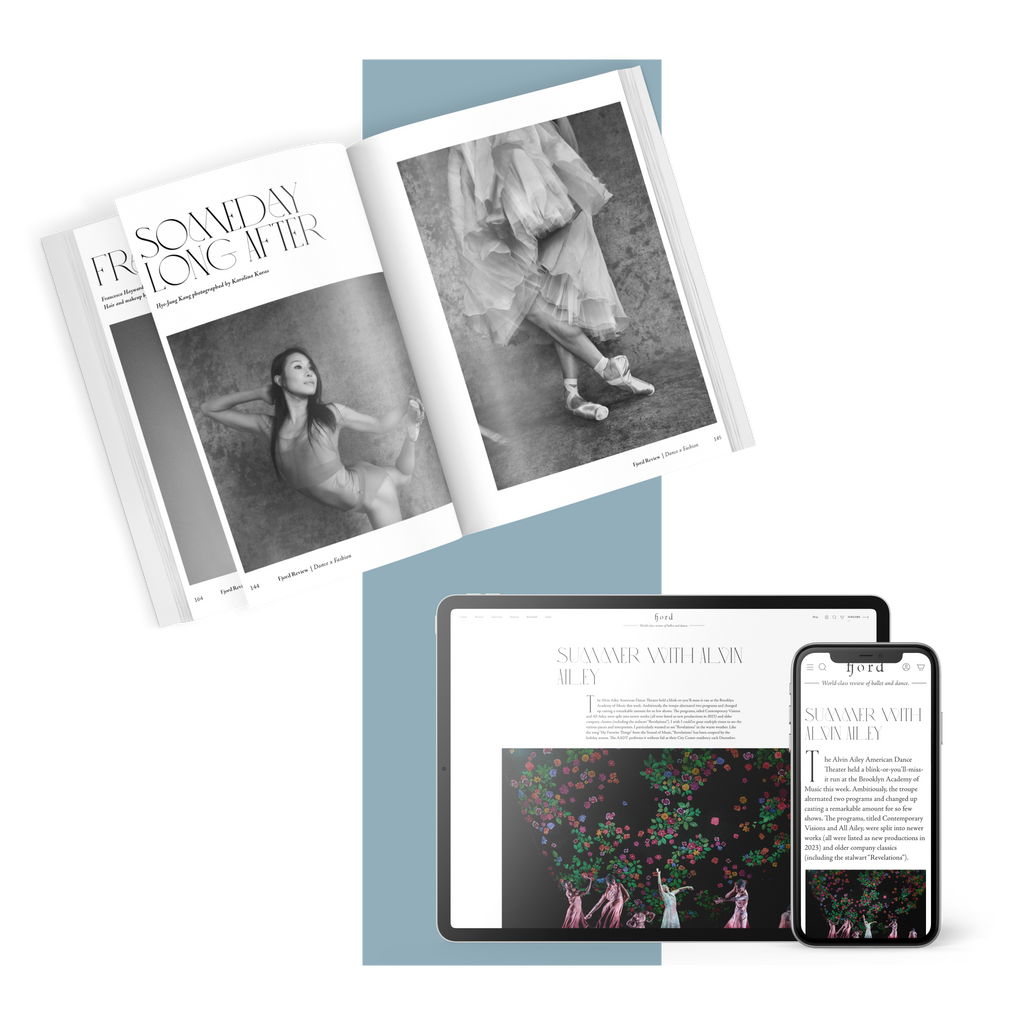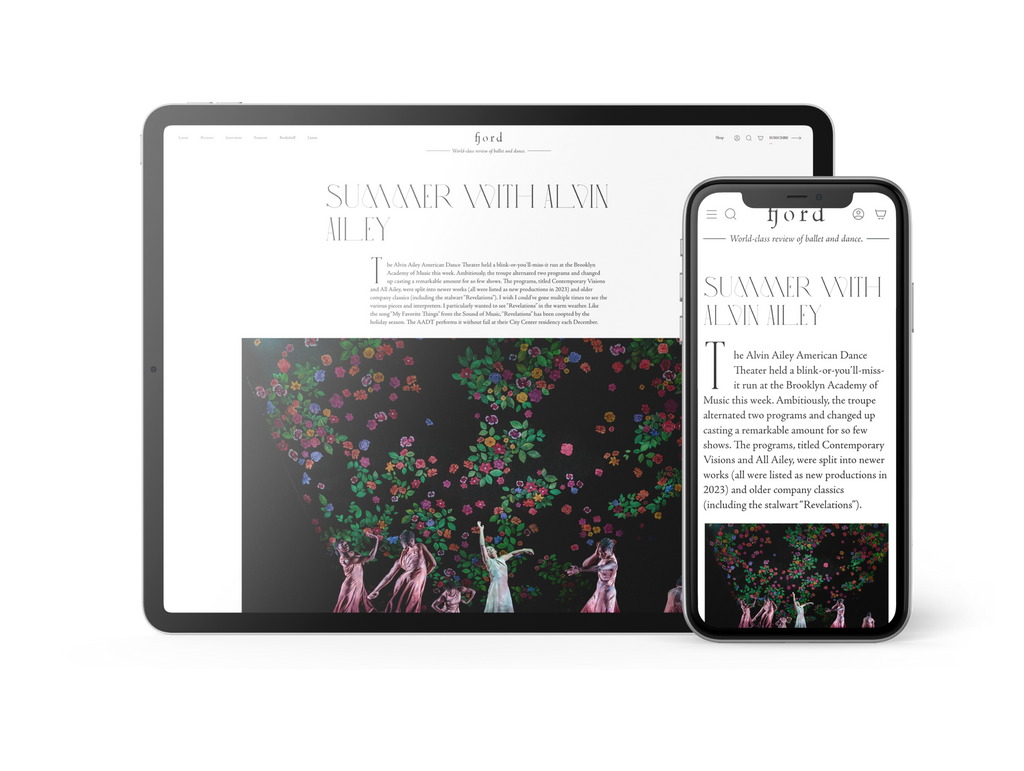Spellbound
Two performers crawl in on hands and knees wearing neon green, hooded coveralls—the lightweight papery kind made for working in a sterile environment—and clusters of balloons pinned to their backs.
Plus
World-class review of ballet and dance.
Few personalities in the ballet world question the essence of classical dance nowadays. Masterpieces such as “The Nutcracker” or “Swan Lake” are little more than gainful blockbusters in December programs. “The Sleeping Beauty” is no exception: its seemingly Manichean argument, happy-ending, fairies' parade and decorative choreography had plunged the ballet into formaldehyde for centuries. So, when a modern-minded choreographer took on an age-old fairytale ballet, one could think that the outcome had to be of the cerebral type, for a few jaded balletomanes to enjoy. Fortunately, Ratmansky’s revival is anything but a pedantic throwback to the days of yore. He doesn’t lecture the audience. Nor does he keep ballet in mothballs. Restoring Petipa's lustrous classicism, his approach highlights ballet as a theatrical art, thus fighting a strong anti-narrative trend. And with a little help from his ABT friends, he succeeds partly in casting a new light on that distorted tale on pointe. Although he tries to make ballet more approachable, he occasionally lends the piece an unintentional elitist tone; for the many, his reconstruction of “The Sleeping Beauty” might have looked a little jet-lagged.
Performance
Place
Words

Misty Copeland and Gabe Stone Shayer in Alexei Ratmansky's “The Sleeping Beauty.” Photograph by Doug Gifford


“Uncommonly intelligent, substantial coverage.”
Your weekly source for world-class dance reviews, interviews, articles, and more.
Already a paid subscriber? Login
Two performers crawl in on hands and knees wearing neon green, hooded coveralls—the lightweight papery kind made for working in a sterile environment—and clusters of balloons pinned to their backs.
PlusWill Rawls makes boundaries visible by defying them. Known for the disciplinary and topical range of his projects, the choreographer, director, and performer approaches issues of representation in “[siccer],” a multi-part, multi-site work co-presented by L’Alliance New York’s Crossing the Line Festival. A live performance at Performance Space New York accompanies a multimedia installation at the Kitchen, a book published by Wendy’s Subway, and an album published by the artist. With a creative process reaching back to 2018, the work delves explicitly into pandemic-era energies and inertias with focused intimacy and a pervasive sense of instability.
PlusIt is always interesting when multiple theme steps emerge over the course of a mixed repertory evening, but it is uncanny on one featuring five different ballets, each with a different choreographer and composer, covering a twenty-year span (2005-2025).
PlusZvidance premiered its new work “Dandelion” mid-November at New York Live Arts. Founded by Zvi Gotheiner in 1989, Zvidance has been a steady presence in the New York contemporary dance scene, a reliable source of compositional integrity, and a magnet for wonderful dancers.
Plus
comments